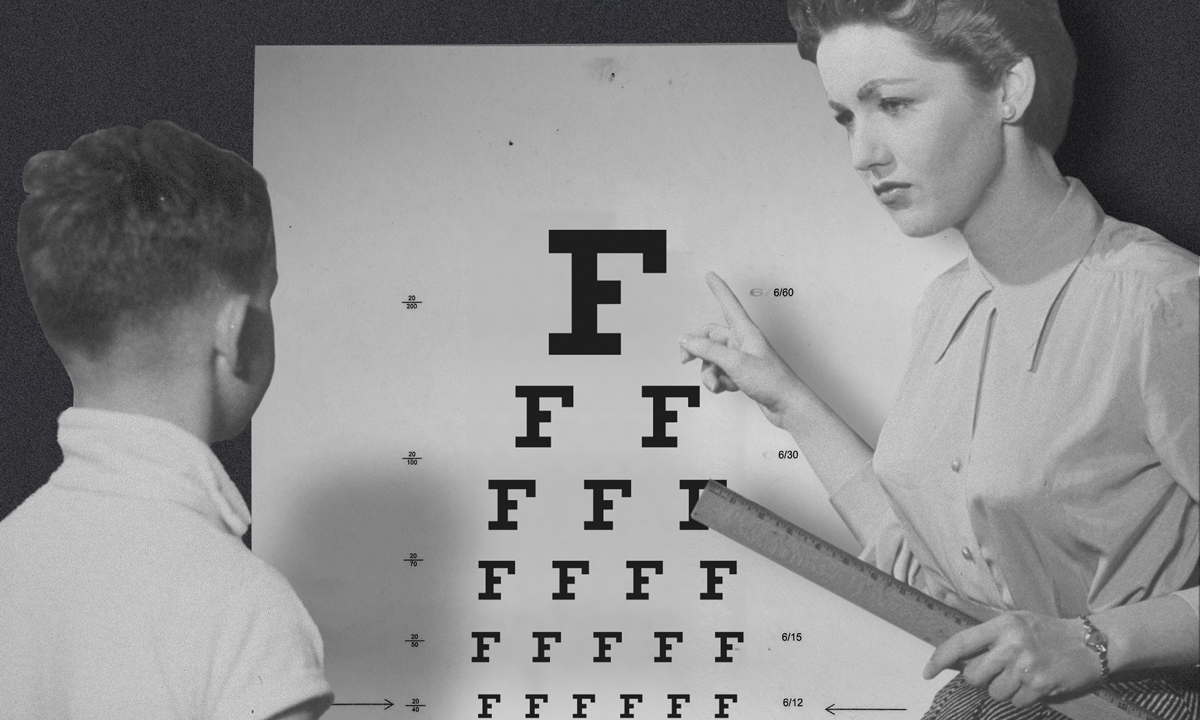Schooling vs. Learning: How Lax Standards Hurt the Lowest-Performing Students
Aldeman: When it comes to how kids are really doing in school, leniency may be easier, but honesty is the best policy.

Get stories like this delivered straight to your inbox. Sign up for The 74 Newsletter
If someone I care about has a piece of food stuck in their teeth, or a tag is sticking out the back of their shirt, I tell them. I believe telling them the truth is the kind thing to do.
Likewise, when students are struggling, failing to turn in work or at risk of falling behind, teachers should tell them. It’s kinder — and fairer — for educators to set clear expectations and hold students to them.
Many schools have started to take the opposite approach. Perhaps in the mistaken belief that it’s gentler to give struggling students second and third chances, schools across the country are essentially withholding honest feedback from kids (and parents) through no-zero grading policies or by passing students along even though they haven’t mastered the content.
These trends started before the pandemic but have accelerated since then. And they’ve created a growing disconnect between subjective evaluations like grades and objective data like attendance and achievement. Student grades and graduation rates are rising to new highs, while attendance and academic performance are hitting modern lows.
Most recently, the testing company ACT announced that average scores were lower this year than at any point since 1991. The declines were particularly notable for Native Hawaiian, Pacific Islander and Latino students.
So, what does the research say? Is it better for schools to pass kids along or hold the line on high standards?
A new working paper from Brown University titled “The Unintended Consequences of Academic Leniency” digs into these questions by looking at what happened when a state, North Carolina, lowered its standards. North Carolina is unique in that it has a state-level grading scale for high school students, and in fall 2014, it lowered that scale. The threshold for an A dropped from 93 to 90, from 85 to 80 for a B, from 77 to 70 for a C, from 70 to 60 for a D and from 69 to 59 for an F.
As a result, student grades went up, by a lot — at least initially. In the first year of the new policy, the number of A grades rose by almost 20%, the number of F grades fell by 20% and the average GPA rose by 0.27 points, an 11% increase. Students or parents who weren’t aware of the policy change may have been happy to see these gains.
Except, the authors found that the easier grading standards had other consequences as well, and those varied across student groups. Students in the top half of the performance distribution were the main beneficiaries of the easier grading scale, and students with incoming test scores below the median saw no GPA increases at all.
How could this be? After all, the policy made it harder to fail a class. One explanation the authors found is that students at the bottom end of the academic distribution started missing more classes. The new, laxer standards allowed the lower-performing students to increasingly disengage from school and fall further behind their peers. Worse, these effects compounded over time, and the more lenient grading standards eventually led to lower ACT scores for the students who came in the furthest behind.
This builds on work suggesting that pass/fail grading policies and individual teacher expectations can also affect student choices and behavior over time. On the more rigid end of the spectrum, there’s also a growing body of literature suggesting that holding back students who are struggling to read can be beneficial for their long-term trajectories — and for their younger siblings as well.
Economist Eric Hanushek has framed this distinction as the difference between schooling and learning. Schooling in this context refers to the amount of time students stay in class, while learning is a measure of what they actually know and can do. It may be easier to keep kids in school, but learning is the more valuable metric that educators and policymakers should pay attention to.
Hanushek estimates that the lost learning suffered by students during the pandemic will translate into a lifetime 6% tax on their earnings. That’s the average, and the losses are even larger for Black, Hispanic and disadvantaged students who fell further behind. Multiplied across the nation and over each child’s lifetime, that works out to an economic loss to the country of $28 trillion.
In other words, policies that sound generous in spirit may actually harm students in the long term. Leniency may be easier, but honesty is the best policy, and kids who are the furthest behind will benefit the most from clear, objective and high standards.
Get stories like these delivered straight to your inbox. Sign up for The 74 Newsletter

;)
